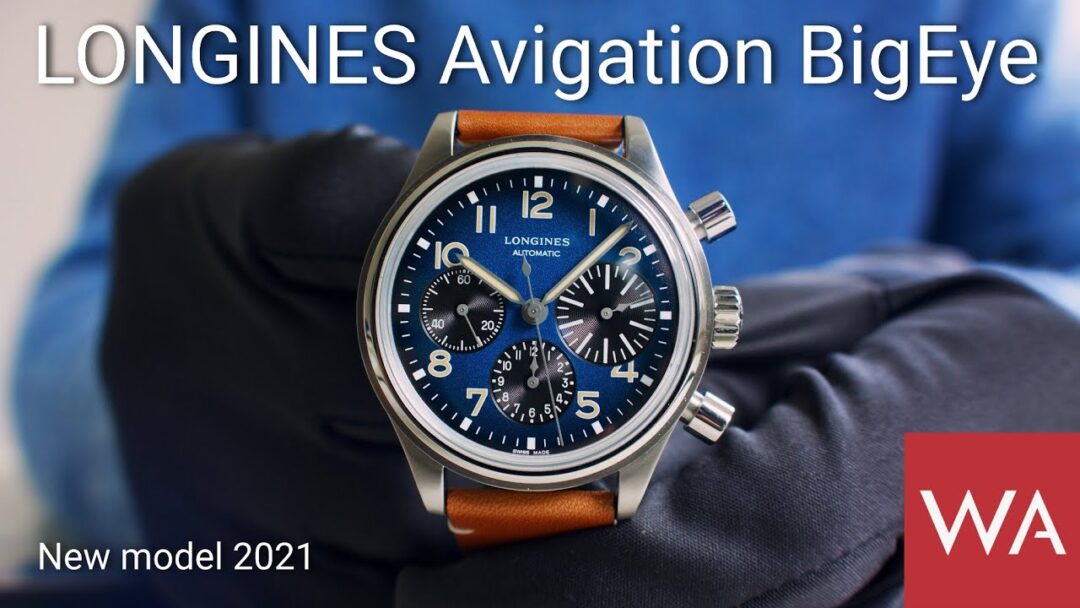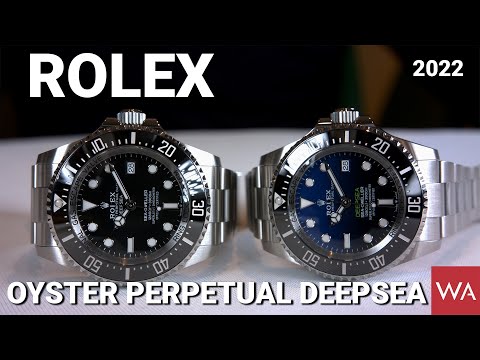In this video we present you the history of the iconic Calibre 321 of Omega. The two new Speedmaster (steel and platinum) will be presented in two separate videos. This column-wheel chronograph calibre was the first one to be used by Omega when the Speedmaster was introduced in 1957 and it was the calibre American astronauts flew to the moon and wore on the moon. We all know that the Speedmaster ist the legendary
I want to thank Gregory Kissling, Head of Product Developement, and his charming team for having provided us with all the interesting material.
The Omega Calibre 321 was a robust and elegant chronograph calibre. Today it is highly sought-after by watch collectors around the world. Now, more than 50 years after the last Calibre 321 was produced, Omega is bringing the iconic calibre back.
Known for its beautifully intricate design, the original Calibre 321 was the first movement ever used in the Omega Speedmaster in 1957. It had, in fact, been previously used in some of Omega’s other chronographs, namely those in the Seamaster collection. It stands out for its use of a monobloc column-wheel, a feature that is machined from a single piece and which adds technical value. Generally, column-wheel movements require very careful precision in design and build, making them popular with watch collectors.
In addition to its construction, the original Calibre 321 also earned a very notable place in history. It was used in a variety of models including the Speedmaster ST 105.003 (the model first tested and qualified by and worn by astronaut Ed White during the first American spacewalk) and the Speedmaster ST 105.012 (the first watch worn on the moon).
Reintroducing a movement with such an important reputation must therefore be done with the utmost exactness. For the Calibre 321 project, Omega utilised a dedicated team of experts who worked efficiently over two years and in total secrecy to bring the movement to life. The small group was composed of researchers, developers and historians, as well as the finest craftsmen and experienced watchmakers. To protect the project’s exclusive details, the team even worked under the codename “Alaska 11”, in line with the names that Omega used for its secret Speedmaster designs for NASA in the 1960s and 70s.
Using the 2nd generation Calibre 321 as a reference, the Omega team compiled extensive historical research and original plans to reconstruct the movement as accurately as possible. Going even further, they also used “tomography” technology (digital scanning method) to see inside the true Speedmaster ST 105.003 timepiece that astronaut Eugene “Gene” Cernan wore on the moon during the Apollo 17 mission in 1972. Cernan was the last man to walk on the lunar surface and his Speedmaster is now housed at the Omega Museum in Bienne. Its Calibre 321 provided the perfect design criteria for Omega to follow.
As a result, even the most unique and iconic parts of the Calibre 321 have been reborn in respect to their authentic specifications. The movement wonderfully corresponds to the “moon period” of Omega’s history, with a construction that completely respects the designs from the past.




